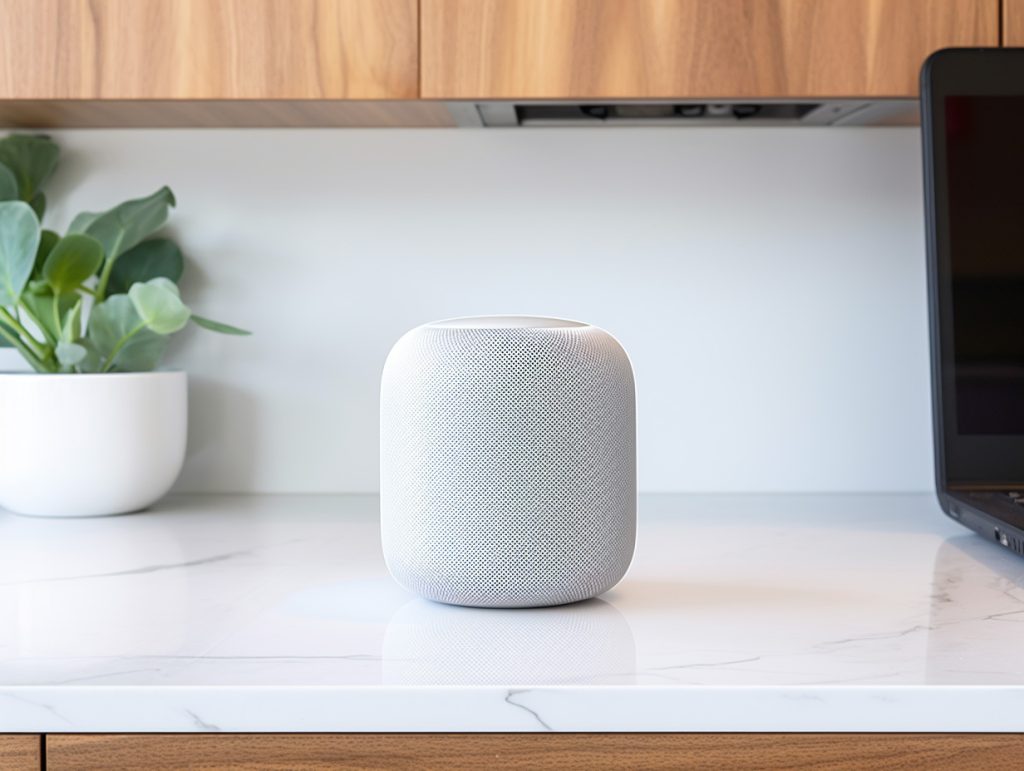When you’re considering building a smart home, an important question inevitably comes up – which smart home platform, if any, should you use?
Smart Home Platforms
A smart home platform is a way to connect and control different smart devices in your home, such as lights, air-conditioners, cameras, and more. You can use a smart home platform to automate your devices, adjust them remotely, and create routines and scenes. A smart home platform usually consists of a software app that you can use on your phone or tablet, and a hardware device that acts as a hub or a voice assistant. Some of the most popular smart home platforms are Apple HomeKit, Google Home, Amazon Alexa, and Samsung SmartThings.
In this article, we’ll only be considering Apple HomeKit and Google Home.

Apple Home
Apple HomeKit is a system that lets you use your Apple devices to control and manage your smart home devices, such as lights, thermostats, cameras, locks, and more. You can use the Home app on your iPhone, iPad, or Mac, or ask Siri to control your devices with your voice. You can also create scenes and automations to make your devices work together in different ways. For example, you can say “Good morning” to Siri and have your lights turn on, your blinds open, and your coffee maker start brewing. HomeKit works with many smart home products that have the “Works with Apple HomeKit”, or more recently, the “Works with Apple Home” label.
Most importantly, Apple Home is only compatible with Apple devices, meaning that you won’t be able to use an Android phone or Windows PC to control your smart home.
Google Home
Google Home is a system that lets you use your Google devices to control and manage your smart home devices, such as lights, thermostats, cameras, locks, and more. You can use the Google Home app on your phone or tablet, or ask Google Assistant to control your devices with your voice. You can also create routines and automations to make your devices work together in different ways. For example, you can say “Good night” to Google Assistant and have your lights turn off, your doors lock, and your music stop playing. Google Home works with many smart home products that have the “Works with Google Assistant” label.
Smart Speakers and Displays
Both platforms have a range of smart speakers and displays that you can use to control your smart home devices, play music, get information, and more. Google Home has more options, including the Nest Mini, Nest Audio, Nest Hub, and Nest Hub Max. Apple Home only has the HomePod and HomePod Mini, which are known for their superior sound quality but also more expensive. Google Home also supports third-party speakers from brands like Sonos, Bose, and JBL, while Apple Home only works with its own devices.

Voice Assistant
The voice assistant is the core of any smart home platform, as it allows you to interact with your devices using natural language. Google Home uses Google Assistant, which is widely regarded as the smartest and most versatile voice assistant on the market. It can answer a wide range of questions, perform complex tasks, and understand multiple languages. Apple Home uses Siri, which is also capable of voice control and information retrieval, but not as advanced or reliable as Google Assistant. Siri also has less language support and customization options than Google Assistant.
Smart Device Compatibility
One of the most important aspects of a smart home platform is how many smart devices it can work with. Google Home has an edge over Apple Home in this regard, as it supports more than 30,000 devices from various brands and categories. You can easily find Google Home-compatible devices for lighting, security, heating, entertainment, and more. Apple Home has a smaller pool of compatible devices, around 100,000 according to Statista. However, Apple Home devices are more secure and private, as they have to meet strict standards and use end-to-end encryption.
Ecosystem Integration
Another factor to consider is how well the smart home platform integrates with your existing ecosystem of devices and services. If you are an avid user of Apple products, such as iPhone, iPad, Mac, Apple TV, or Apple Watch, you might prefer Apple Home for its seamless integration and synchronization. You can use any of these devices as a hub for your smart home, access your scenes and automations from anywhere, and enjoy features like AirPlay 2 and iCloud. If you are more invested in the Google ecosystem, such as Android, Chromebook, Chromecast, or Gmail, you might find Google Home more convenient and compatible. You can use features like Google Photos, YouTube Music, Google Calendar, and Google Duo on your smart speakers and displays.
So What SHould You Pick?
The answer really lies in what smartphones and tablets you’re currently using. If you’re using Android devices, then the answer is simple – Apple Home isn’t going to work for you at all. But if you’re using Apple devices, you can actually use either, as the Google Home app can be downloaded and used on Apple devices.
Ultimately, Apple Home has a better user experience and app design, and Google Home has more devices available in its ecosystem. If we’re Apple users, and if we can find Apple HomeKit compatible smart devices, we’d recommend Apple Home easily. For everyone else, there’s always Google Home!






